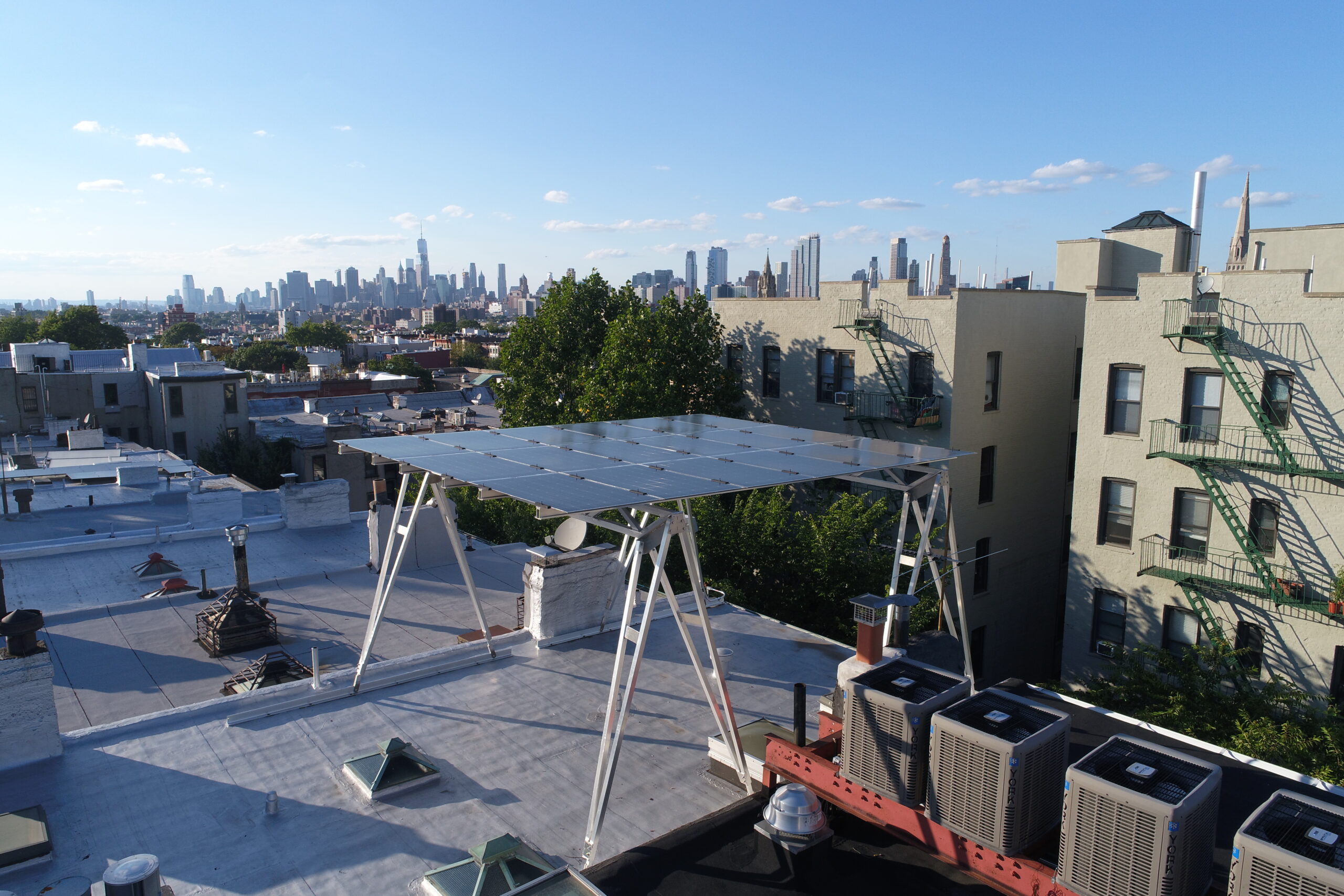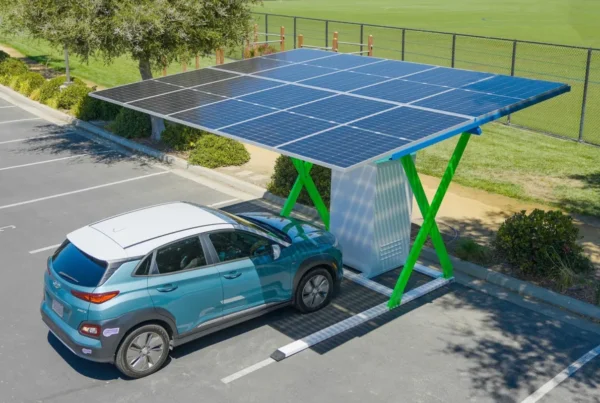As progressive as the Empire City is, up until recently NYC’s transition toward renewable energy had suffered paralysis by its own laws and regulations. For example, despite much of the city’s suburbs’ flat-topped roofs being ideal to house rooftop systems, the city’s stringent zoning restrictions allowed for the majority of rooftops to only be outfitted with small, unsubstantial systems.
But at the close of 2023, the city passed a series of zoning amendments, as part of Mayor Adams’ ‘City of Yes for Carbon Neutrality’ initiative, which will relax burdensome zoning restrictions on solar development. These changes unlock 5 gigawatts of previously undeveloped capacity for rooftop solar development across more than 50,000 buildings and more than 1 million homes in NYC. In addition, 8,500 acres of parking lots will be re-zoned to allow for solar installations – equivalent to 10x the acreage of Central Park.
The relaxed zoning restrictions will usher in a new wave of solar development in time for homeowners to take advantage of a wide variety of federal and state incentives aimed at making solar installations affordable for all. For residents of New York City, there is an additional incentive of note. Beginning in 2024, the city’s property tax abatement (PTA), which was set at 20%, will be increased to cover 30% of the cost of a solar installation, over the course of four years. And the 30% rate has been extended through 2035.
The laxed zoning restrictions and financial incentives will make solar installation both logistically and economically feasible for property owners throughout the five boroughs, a necessary feat given New York State’s aggressive climate goals and the city’s implementation of Local Law 97. Local Law 97 (LL 97), which took effect at the start of the year, requires buildings greater than 25,000 square feet to reduce carbon emissions by 40% by 2030. Buildings that exceed emissions limits or fail to meet adequate reductions in emissions will face monetary penalties. Solar energy will play a significant role in ensuring buildings meet LL 97 regulations, and the zoning changes adopted by the City of Yes Carbon Neutrality amendments and the city’s increased property tax abatement are crucial to LL 97’s practicality and success.
These regulations and incentives have come together to create a “solar mecca” in the Big Apple that will propel the city toward its emissions reduction goals, while driving significant economic impact. The city’s comptroller predicts that the influx of solar-development will create 13,000 clean-energy jobs over the course of the next 8 years with experts predicting a potential market opportunity of more than $23 billion.





